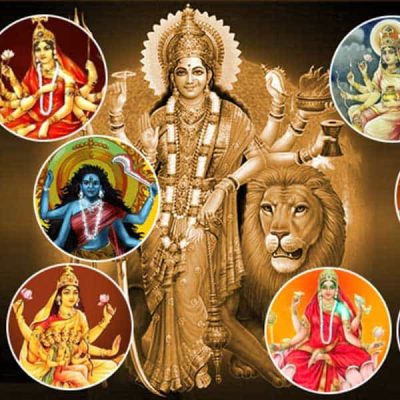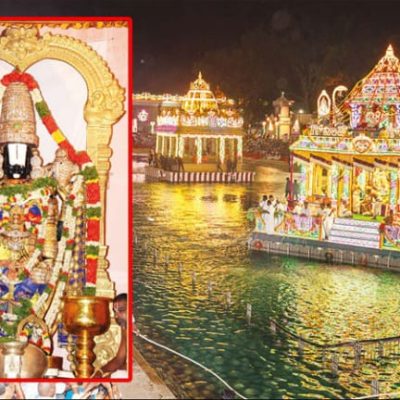Prasat Preah Khan Kompong Svay- Cambodia

Address
Prasat Preah Khan Kompong Svay- Ta Sêng, Preah Vihear Province, Cambodia
Diety
Shiva
Introduction
Preah Khan Kompong Svay is an enormous temple complex located about 100 kilometers due east of Angkor (about 170 kilometers by modern road). The name of the temple is a modern designation referring to the former name of the province (Kompong Svay) to distinguish it from the better-known Preah Khan temple in Angkor. Covering about twenty-five square kilometers, Preah Khan Kompong Svay is the largest Khmer-era monument ever constructed. Unfortunately, its remote location and high quality of workmanship have made it a frequent target for thieves, vandals, and even foreign museums, which systematically stripped the temple of much of its heritage as late as the 1990s and early 2000’s.
Puranic Significance
The chronology of the site is not well established as only two sets of inscriptions have ever been located. The first is found in one of the four laterite towers at the northeast corner of the second enclosure. Unfortunately it is of no value to the archaeologist as it was deliberately defaced soon after it was carved. The second inscription, though incomplete, is more helpful. Located in the aptly named “inscription temple” to the south of the causeway leading to the central area of the temple, the inscription was written sometime during the reign of Suryavarman I, probably sometime after his conquest of Angkor around the year 1010. The incomplete inscription contains a long series of verses praising the Hindu god Shiva, followed by a shorter section praising the power of the Buddha, concluding with a stanza honoring Suryavarman I. Although both Hindu and Buddhist elements are commonly found in Angkorean architecture, it is unusual to find them together in the same document. Suryavarman I is known to have been a devotee of Shiva, explaining the deity’s presence at the beginning of the document. However, the inclusion of the Buddha in the same document is something of a mystery. The isolation of the site proved an effective deterrent against looting and theft as late as the mid-20th century. When French investigators explored the site in the 1930s they found a considerable array of statuary, some of which was carted off to museums in Paris. The ruins of the temple, though heavily damaged by natural forces, remained cut off from organized looting until as late as the 1980s, when uniformed military personnel could be found dismantling portions of the temple to obtain prized elements such as the carved apsara figures.
Century/Period/Age
1500 Years old
Managed By
UNESCO World Heritage Centre.
Nearest Bus Station
Ta Sêng
Nearest Railway Station
Sisophon Station
Nearest Airport
Siem Reap





